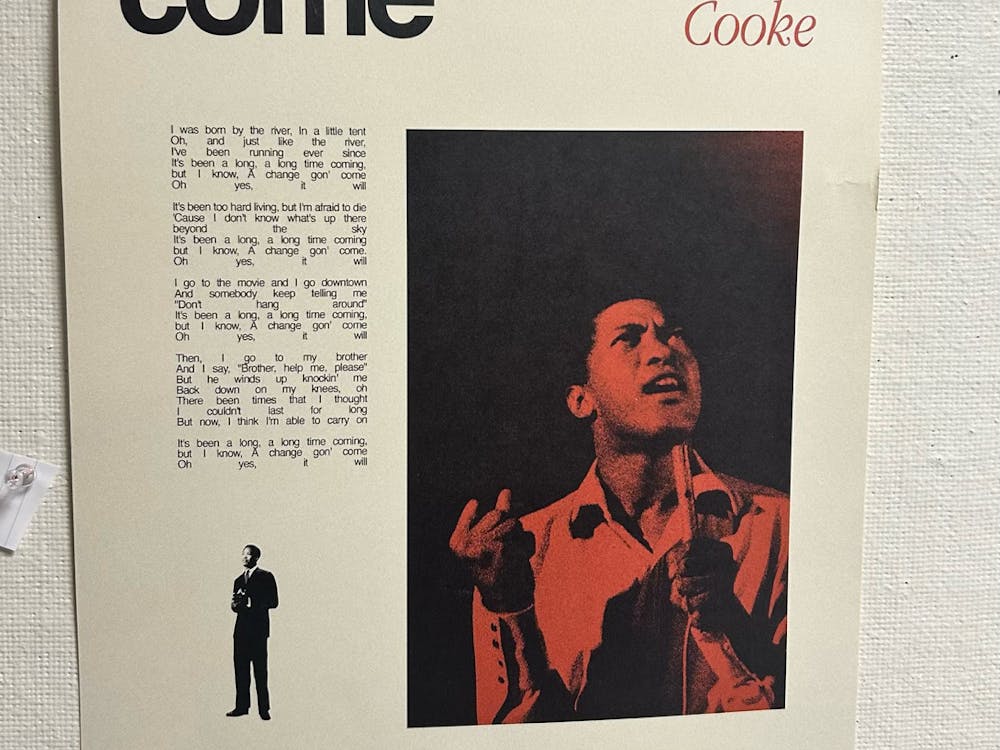Between coursework and extracurriculars, it can be difficult to keep up with the dizzying pace of the news cycle as a college student. Despite the way current events can feel overwhelming, being an informed citizen is a crucial individual responsibility and essential to being an active member of a democratic society.
Even though you may feel like you’re keeping up with the news by reading infographics on Instagram or scrolling through your Twitter feed, it is important to think about where you are getting your information from and how reliable it is. Here are some tips for setting conscientious media habits and being a responsible consumer.
Read what interests you
While it is great to read widely and have a sense of current issues, it is not beneficial for you to be reading something that you find uninteresting and won’t retain. If there are topics that interest you and will get you reading about current events, lean into them! Reading about science news, politics, the arts or even focusing on a particular location’s news can be highly educational and inform you about both topic-specific stories and broader themes.
Find the form of news consumption that fits into your lifestyle
With technology being so accessible, there are various mediums through which you can access the latest news. Figure out what you enjoy and what fits into your daily schedule, and stick with it.
Television
Watching the news can be an easy way to take in information while doing your daily tasks, as well as see interesting visuals. Most networks are available to stream online by either logging in with your cable provider or live through a subscription service like Paramount, Max or Hulu.
Digital
Written journalism has the advantage of being able to go deeper than television journalism, and a digital medium provides a method to engage with readers that is more accessible than print newspapers. There are tons of great websites to read the news on that range broadly from large outlets to niche subject-driven sources.
As a Hopkins student, you have free access to The New York Times and The Wall Street Journal, and sources like the Associated Press, Reuters and most of the major cable outlets are free to access.
Podcasts
Use the time you spend getting ready in the morning or walking to campus to listen to a podcast and get up to speed. Whether you listen to a deep dive on a specific story like The Daily from The New York Times or a quick read-through of the day’s biggest headlines like Up First by NPR, podcasts are a great way to take in information while multitasking.
Email newsletters
If you don’t want to go looking for the news, have it come to you. Lots of outlets publish various email newsletters that you’ll find in your inbox each morning with the day’s top stories. Look to see if your preferred outlet or columnists offer their thoughts in a regular digest.
CNN’s 5 Things and The Morning from The New York Times both provide a condensed rundown of the big things you need to know. If you want a deep dive into politics, Politico Playbook has you covered with news and analysis on hot-button issues, as well as journalists’ recommendations on key reporting from other outlets. The Guardian offers a wide range of email newsletters that cover international news, domestic news, opinion and a variety of other topics.
Don’t get trapped in a bubble — read balanced, representative sources
While it can be frustrating to read perspectives we disagree with, and we may find it more enjoyable to read those that confirm our opinions, being trapped in a partisan echo chamber does not allow you to expand your worldview. When reading about issues, pay attention to the bias implicit in the analysis and keep it in mind. Considering perspectives that we disagree with forces us to confront counterarguments and evaluate all sides of an issue to make thoughtful decisions.
If you find yourself sticking to The New York Times, flip over to The Wall Street Journal. Read competing opinion columnists’ interpretations of events. For objective news, go straight to neutral wire services like the Associated Press. Take partisan pundits’ analysis into account with a grain of salt and think critically about the validity of emotionally charged opinions.
Be discerning when using social media as a news source
Most of us spend a decent amount of time on social media, and it can seem impossible to escape the barrage of infographics and news articles that people post and repost when issues are big in the news. When information is disseminated in this manner, it is difficult to assess whether it is reliable or objective and should, therefore, not be taken at face value.
This being said, social media can be a great way to get instantaneous, up-to-the-minute updates on issues. Consider your sources: A lot of journalists use Twitter, now X, to share breaking news and quick updates on ongoing stories. Citizen journalism can also be a way for hyperlocal stories to be shared and gain attention. Think about what you are consuming, and be mindful that misinformation and disinformation are common on social media — always fact-check dubious claims and filter out misleading voices.





